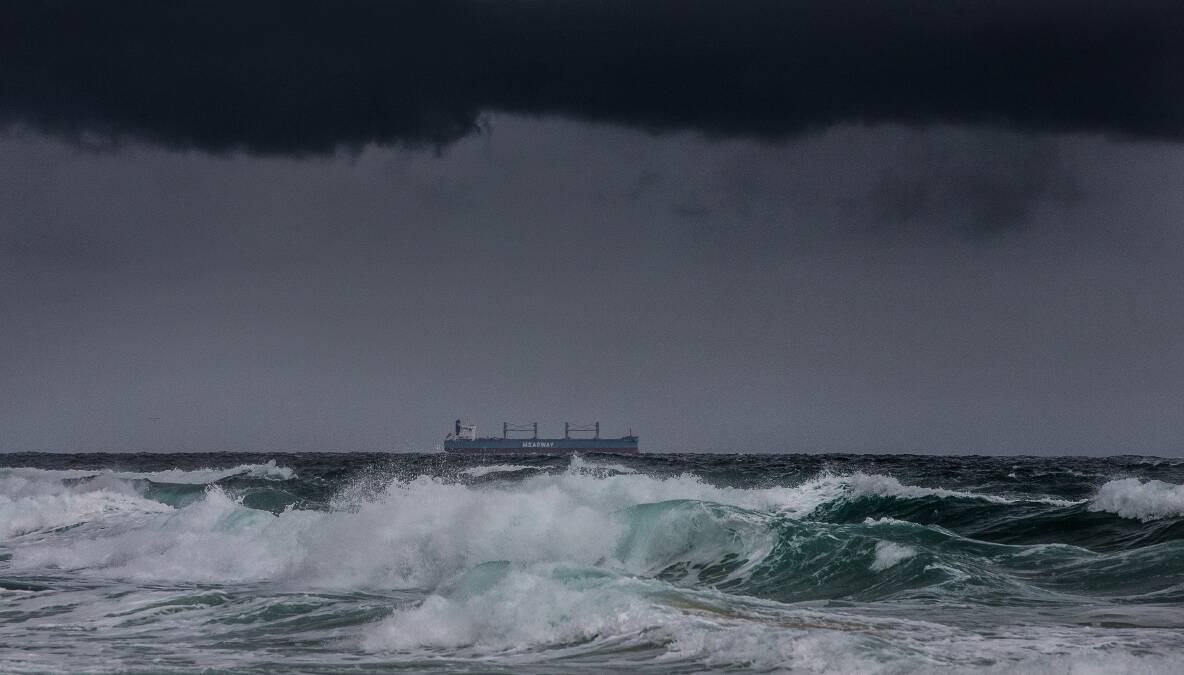
A high-profile national policy think tank has joined calls for a public authority to coordinate economic transition in the Hunter and says the NSW government should direct far more coal royalties back to the region.
The Grattan Institute on Sunday published a report on how state and federal governments should steer the "next industrial revolution" to achieve the nation's 2050 net-zero target.
The report says the NSW and Queensland governments should set up well funded transition authorities in the Hunter and central Queensland, "where 40,000 jobs are likely to disappear over the coming decades".
The report's authors, including Grattan energy and climate change program director Tony Wood, said the NSW government had "made a good start" by establishing the Royalties for Rejuvenation program, but the $25 million a year set aside for the scheme amounted to a tiny fraction of the billions in coal royalties the state expects to collect in 2021-22.
"For as long as coal lasts, all or part of the royalties that state governments collect should be directed towards improving resilience and economic diversity in coal regions," they wrote.
"Governments should start doing this now.
"If they wait until coal exports shrink dramatically and mine closures begin, the royalties will be too little to make a difference and economic shocks will already be hurting the coal regions."
They said record prices were delivering a royalties "bonanza", meaning governments could dramatically increase funding to affected regions "without having to reduce spending elsewhere".
Hunter MPs and mayors lashed the NSW budget last month after a royalties windfall did not translate into a bigger allocation to the rejuvenation fund.
Quoting International Energy Agency forecasts, the Grattan report says total overseas and domestic demand for Australian coal will equal about 7.3 billion tonnes between now and the net-zero year of 2050, far less than the 11 billion tonnes of "probable or proven" coal deposits at existing mines.
"And that is before accounting for the 31 coal mines that have been either committed or publicly announced. Expecting that Australia will need this additional coal from the development pipeline is little more than a pipe dream."
BHP announced last month that it would close its giant Mt Arthur mine near Muswellbrook in 2030, putting 2000 jobs in doubt.
Mr Wood told the Newcastle Herald on Sunday that the Hunter could develop into a processing and export centre for the "critical" minerals such as lithium, cobalt and graphite that will help drive the renewable energy future.







